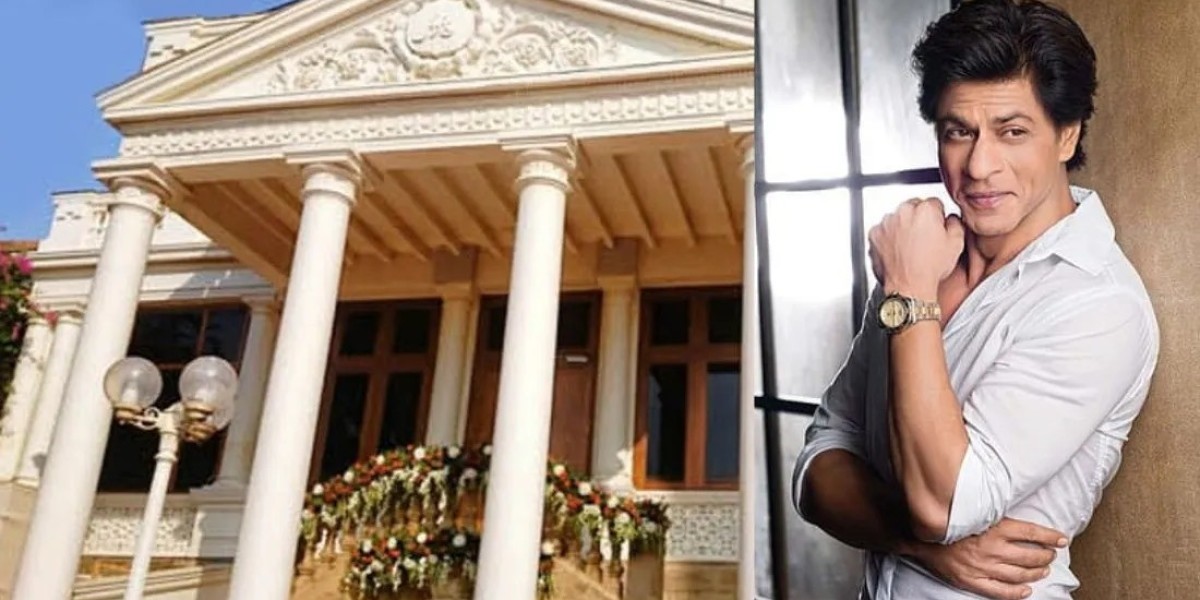Motorcycle touring in Nepal is an experience like no other—whether you’re gliding along the Prithvi Highway, tackling the rugged Mustang trails, or carving your way through lush hillsides in the mid-hills of Pokhara. But an unforgettable adventure requires the right preparation, and your gear plays a central role in determining your safety, comfort, and overall riding experience.
This essential gear checklist is crafted specifically for motorbike riders traversing Nepal’s unpredictable terrain. With fluctuating weather, mixed road conditions, and high-altitude stretches, it’s vital to be well-equipped before hitting the throttle.
1. Helmet: Your First Line of Defense
A high-quality, DOT or ECE-certified helmet is non-negotiable. Not only is it legally required in Nepal, but it’s also your most critical piece of safety equipment. A full-face helmet is highly recommended as it provides superior protection from wind, dust, and unexpected impacts.
What to look for:
Proper ventilation (especially for hot Terai regions)
Anti-fog visor for mountain areas
Removable and washable liners
2. Riding Jacket: Protection and Versatility
A good riding jacket keeps you warm, protects against abrasions, and repels rain. For Nepal’s varied climate, a jacket with removable thermal and waterproof liners is ideal.
Features to consider:
CE-rated armor at elbows, shoulders, and back
Ventilation zippers for warmer regions
Water-resistant material for monsoon season
3. Motorcycle Pants and Knee Guards
Many riders make the mistake of ignoring lower body protection. Either invest in reinforced motorcycle touring pants or wear sturdy jeans with external knee and shin protectors.
Recommended if your route includes:
Off-road trails such as those near Upper Mustang or Rara Lake
High-altitude areas with rocky descents and gravel sections
4. Riding Boots
Foot protection is vital on Nepal’s rugged routes. Ankle-length, waterproof, and reinforced boots are ideal. Whether crossing shallow streams or climbing rocky roads, your feet must remain dry and protected.
Features to look for:
Oil and slip-resistant sole
Shin and ankle protection
Water-resistance with breathability
5. Riding Gloves
Gloves serve dual purposes—protecting your hands in case of falls and shielding against cold air at higher altitudes.
Choose two pairs:
Light gloves for city riding and warm days
Insulated waterproof gloves for high passes and chilly mornings
6. Rain Gear or Waterproof Riding Suit
Even during non-monsoon months, sudden showers are common—especially in the hilly and mountainous zones. A compact, easily stowable rain suit ensures you don’t get drenched mid-ride.
Tip: Test the fit over your jacket and pants before your journey begins.
7. Base Layers and Thermal Wear
Nepal’s temperatures can shift drastically—warm and sunny at noon, icy cold by nightfall. Moisture-wicking base layers and thermal wear can keep you warm without adding bulk.
Pack at least:
Two sets of thermal tops and bottoms
Quick-dry t-shirts and innerwear
8. Hydration Pack or Water Bottles
Dehydration is a serious risk when riding for hours, especially at higher altitudes. A hydration backpack lets you sip water on the go, while insulated bottles keep liquids at a drinkable temperature.
Best for:
Long stretches like Kathmandu to Rara
Hot weather rides across the Terai
9. Eye Protection
If you’re using an open-face helmet or riding in dusty terrain, eye protection becomes crucial.
Options include:
UV-protective riding goggles
Sunglasses with wrap-around frames
Tinted helmet visors for sunny days
10. Luggage Solutions: Saddle Bags or Top Box
You’ll need durable, weatherproof luggage that stays secure on bumpy roads. Soft saddlebags, tank bags, or hard cases should be lockable and easy to access.
Also pack:
Bungee cords or Rok straps
Rain covers for soft bags
Internal bike rental services often offer luggage options, but it’s wise to confirm before you book.
11. Tool Kit and Spares
Roadside help can be sparse in remote regions. Carry a basic toolkit, spare spark plugs, fuses, cables, tire repair kit, and chain lube.
Essential tools include:
Multi-tool with pliers and knife
Hex keys and screwdrivers
Portable air pump or CO2 inflator
12. First Aid Kit
An easily accessible first aid kit should include painkillers, antiseptic cream, adhesive bandages, gauze, oral rehydration salts, and altitude sickness tablets.
Especially useful in remote areas like:
Upper Mustang
Dolpa or Humla regions
13. Navigation and Communication Tools
GPS may fail in mountain regions, and phone signals aren’t always reliable. Bring:
Offline maps or downloaded Google Maps regions
Printed route notes
Local SIM card with data for weather updates
You can also consult guided motorcycle tours that include navigational support if you're not confident riding solo.
14. Documents and Money
Pack your:
Valid driver’s license and international driving permit
Passport with visa
Copies of bike rental agreement and permits (like ACAP or TIMS)
Enough cash, especially in rural areas where ATMs are scarce
A waterproof pouch or document wallet can prevent critical papers from getting soaked or torn.
15. Extras That Make a Difference
Some small, smart additions that enhance your trip:
Power bank and charging cables
Flashlight or headlamp
Duct tape and zip ties for quick fixes
Energy snacks like nuts and granola bars
Final Thoughts
Riding through Nepal is a thrilling mix of culture, nature, and raw terrain. But the thin air, rough tracks, and long distances demand preparation. This checklist isn’t just about comfort—it’s about ensuring you’re ready for anything the Himalayan roads throw at you.
For those unsure where to start, it may help to explore motorcycle tour packages that include gear, guides, and pre-checked motorcycles. But whether you're riding solo or with a group, the right gear transforms your trip from stressful to seamless.







